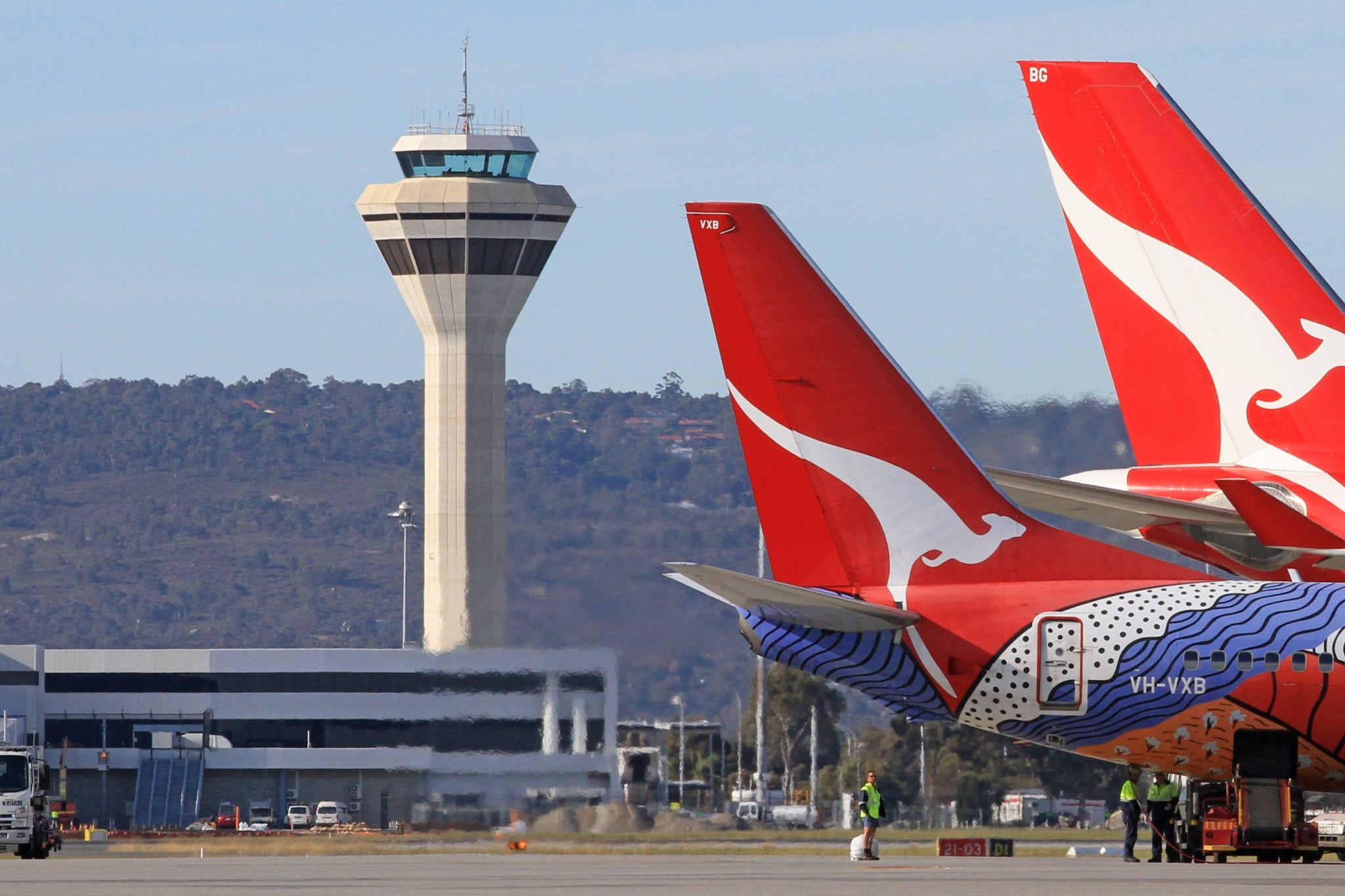[Avionics Today 08-02-2016] Australia’s Civil Aviation Safety Authority (CASA) has launched a new project, AS 16/06, to look at options for low-cost Automatic Dependent Surveillance-Broadcast (ADS-B) Out systems in order to encourage more operators to voluntarily add ADS-B Out transmitting equipment to Visual Flight Rules (VFR) aircraft. While the country is in the midst of rolling out mandates for Instrument Flight Rules (IFR) aircraft, which requires all IFR aircraft flying within Australian airspace to be equipped with ADS-B by Feb. 2, 2017, under current regulations, operators of VFR aircraft are not required to install ADS-B systems, but they can do so if they wish.
 |
| Air traffic control tower at Perth International Airport in Australia. Photo: Airservices Australia |
“The project will explore all options for reducing cost, including, and not limited to, recognizing relevant overseas Technical Standard Orders (TSOs), promulgating or refining relevant Australian Technical Standard Orders (ATSOs), accepting equipment having a letter of compliance with a particular standard, and accepting lower cost methods of installing equipment,” Jan Goosen, CASA’s AS 16/06 project leader, told Avionics Magazine.
Under current mandates, by Feb. 2, 2017, CASA will require aircraft that were first registered prior to Feb. 6, 2014 to carry ADS-B transmitting equipment. On and after Feb. 2017, any aircraft that is first registered before Feb. 6 2014 and is operated under the IFR must carry serviceable ADS-B transmitting equipment.
Under current mandates, by Feb. 2, 2017, CASA requires all aircraft operating IFR to carry ADS-B transmitting equipment. The mandate has already kicked in for all aircraft operating IFR that are registered after Feb. 6, 2014, or operating within 500 miles of Perth Airport, which are required to carry compliant ADS-B transmitting equipment. Since Dec.12, 2013 all aircraft flying in Australian airspace at and above Flight Level 290’ have been required to carry compliant ADS-B transmitting equipment.
“The Australian Strategic Air Traffic Management (ASTRA) group — the original industry proponent of the ADS-B program — wrote to CASA proposing several technical solutions for encouraging VFR aircraft to install ADS-B. CASA established the project in response to this letter, because several safety and operational benefits can be achieved through increased usage of ADS-B. These include improved traffic information, flight watch and search and rescue alerting, as well as improved collision avoidance and improved access to controlled airspace due to more precise visibility by air traffic control,” said Goosen.
Goosen notes that CASA decided to limit the mandate for ADS-B Out systems to IFR aircraft as a result of industry feedback. While project AS 16/06 is not intended to review the original decision about VFR aircraft, Goosen says it will aim to encourage VFR operators to equip with ADS-B.
“The intention of this project is to encourage fitment of ADS-B transmitting equipment in VFR aircraft. More aircraft fitting and using ADS-B increases the overall safety of the air traffic system and directly enhances safety by improving the accuracy of surveillance and navigation,” Goosen said.
Currently, Goosen believes that only a very small proportion of VFR operators have chosen to equip with ADS-B — around 334 aircraft. It is still the earlier stages in the project and no solutions have yet been proposed, so it is difficult for Goosen to say how many operators would be encouraged to equip under the new standards, or if new standards will even prove appropriate.
“The project will explore opportunities for setting different standards for VFR aircraft — subject to appropriate safety mitigators. For example, it may be that VFR standard ADS-B would not be useable in controlled airspace where IFR/VFR air traffic surveillance separation is used,” said Goosen.
If CASA can establish suitable standards, Goosen notes that the intention is for the new standards surrounding ADS-B Out equipage for VFR aircraft to be available in the second half of 2017.